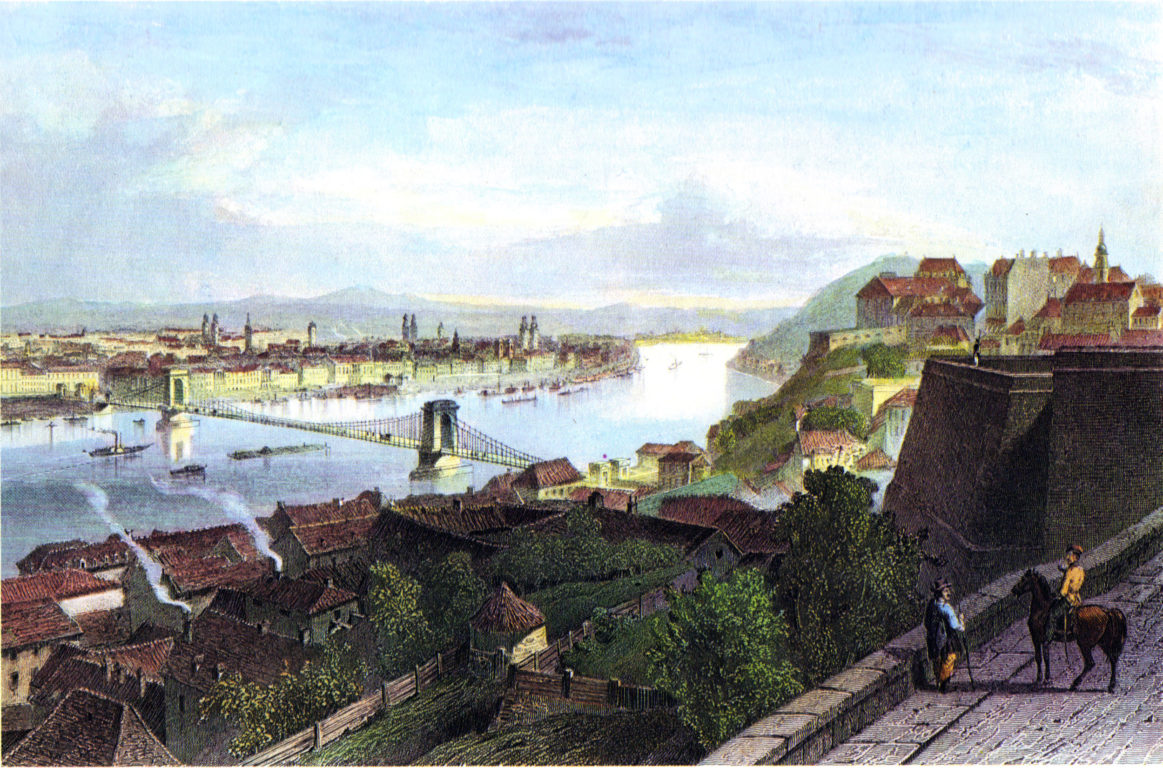
Discovering the history of Budapest
Discover the rich and varied history of Budapest. Learn about the famous historical landmarks of one of the most fascinating cities in Europe.
O
C
Budapest has a vast and varied history. Much like the famously unique Hungarian language, the history of this city stands out from our European neighbors and is closely tied with our culture. Wherever you go, you’re sure to encounter a piece of the past – whether it’s an unassuming statues of Budapest or a scarred, battle-worn building. So, let’s take a stroll through our streets and find the best places to discover the history of Budapest.

Not in the mood to walk?
Alternatively, you can also get on a hop-on hop-off bus, and explore the magnificent historic sights of Budapest from the comfort of a seat.
Ruins of the past: Ancient history
Do as the Romans do
In 89 AD, the Romans came to Budapest. Aquincum, as it was then known, was a thriving trading and military base in the Pannonian region. As trade boomed, the residents built luxurious public baths upon the thermal pools of Budapest and towering amphitheatres like those of Rome. However, the Empire was never able to take the lands east of the Danube and when Rome fell, Pannonia was conquered by the Huns.
Today many of the remnants of Roman life have been lost to time, but you can still find ruins in Aquincum in Óbuda, the oldest part of Budapest. If you wish to get more about Budapest location info, we highly recommend you to read the article in the topic.
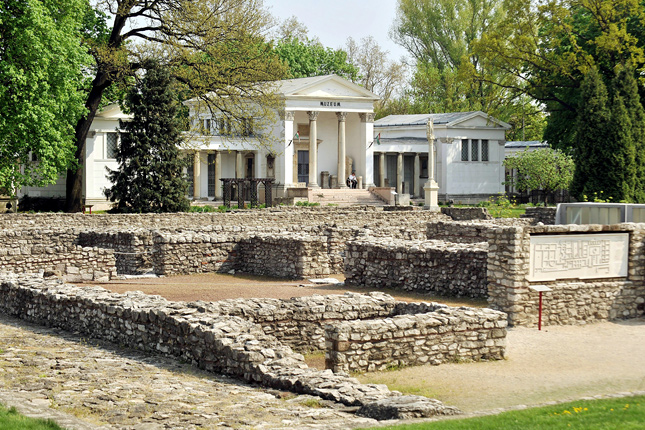
Land of the Magyars
A common misconception is that Hungarians are descended from the Huns. In fact, Hungary is Magyaroszág, Land of the Magyars. Around 895 AD, the proud Magyar clans came down from the Ural Mountains and settled in the Carpathian Basin of modern-day Hungary. Buda Hill on the shores of the Danube became a key strategic and trading base, thus forming the foundations of Budapest. The Seven Chieftains of the Magyars are famous in Hungarian culture. You can stand face to face with these mighty warriors in Heroes’ Square.
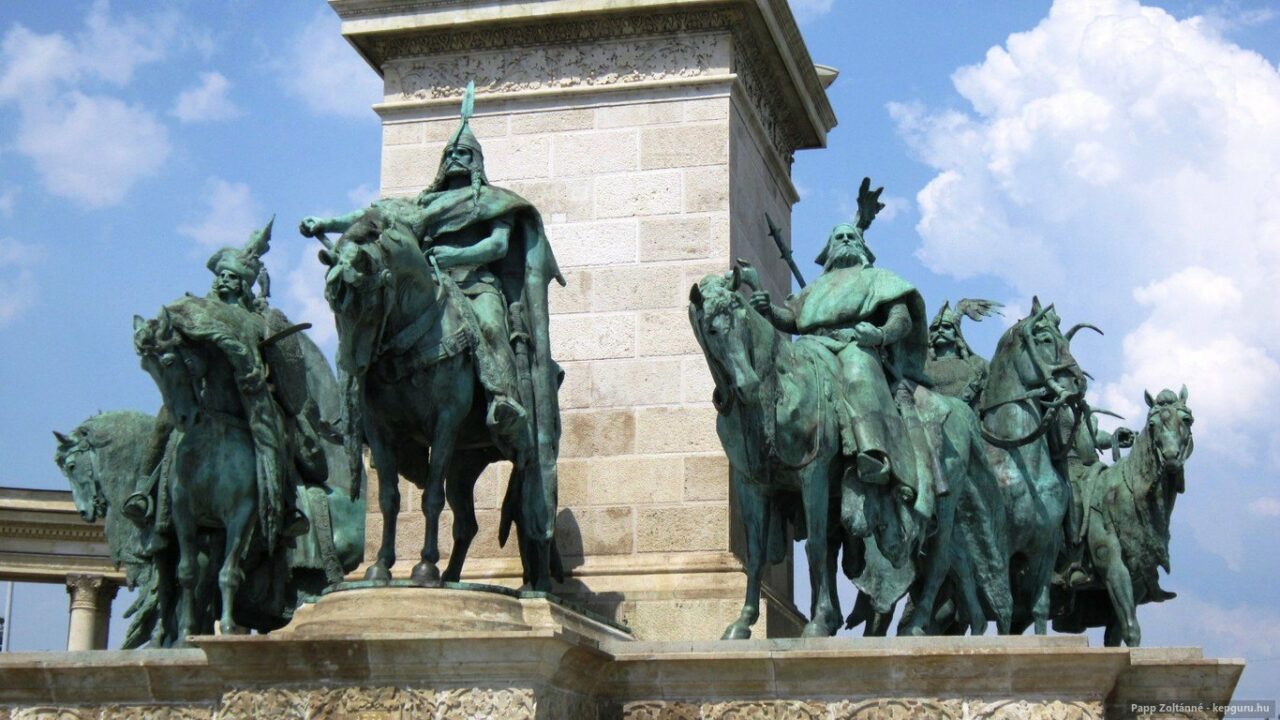
For centuries, Hungary was ruled by the sons of the chieftains. But history took a surprising turn in 1000 AD, when Christianity drove Stephen I of the Arpad dynasty to reject his pagan ancestry and unite the lands under Christ. Canonized for his devotion to the Church, he became King Saint Stephen I of Hungary. As you explore Budapest, you’ll see Stephen everywhere – guarding the banks of the Danube at Gellért Hill and watching over the city from the stunning St. Stephen’s Basilica (the tallest building in the city).

East meets West
Jumping forward to the 1500s, Stephen’s proudly Christian Hungary fell under the rule of the Muslim Ottomans and their leader, Suleiman the Magnificent. For years, the Hungarians fought against the occupation, but it wasn’t until 1699 that the forces of Europe finally banded together to drive the Ottomans from Budapest and Hungary as a whole. But the Ottomans left their mark on the city and on its culture. Next time you take a relaxing dip in Kiraly or Rudas thermal baths, notice the Turkish architecture of the dome overhead.
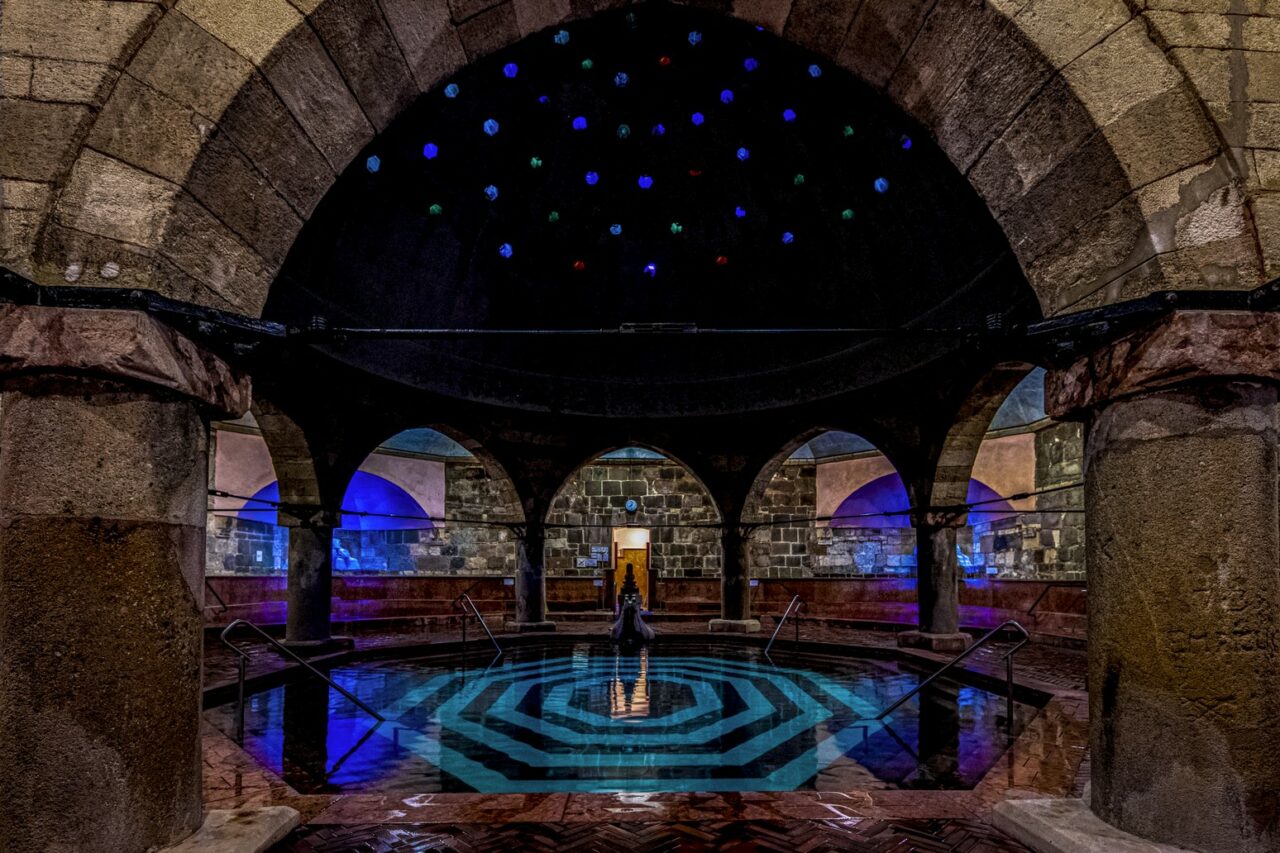
The Golden Age: Austro-Hungarian Empire
Throughout the history of Budapest, we’ve endured many conquests. In driving out the Ottoman invaders, Hungarians fell under the rule of the Habsburgs, during which their language and way of life was oppressed. In 1848, Lajos Kossuth and Lajos Batthyány led an inspiring revolution that was brutally repressed. You can also visit the Kossuth Memorial behind the Parliament.
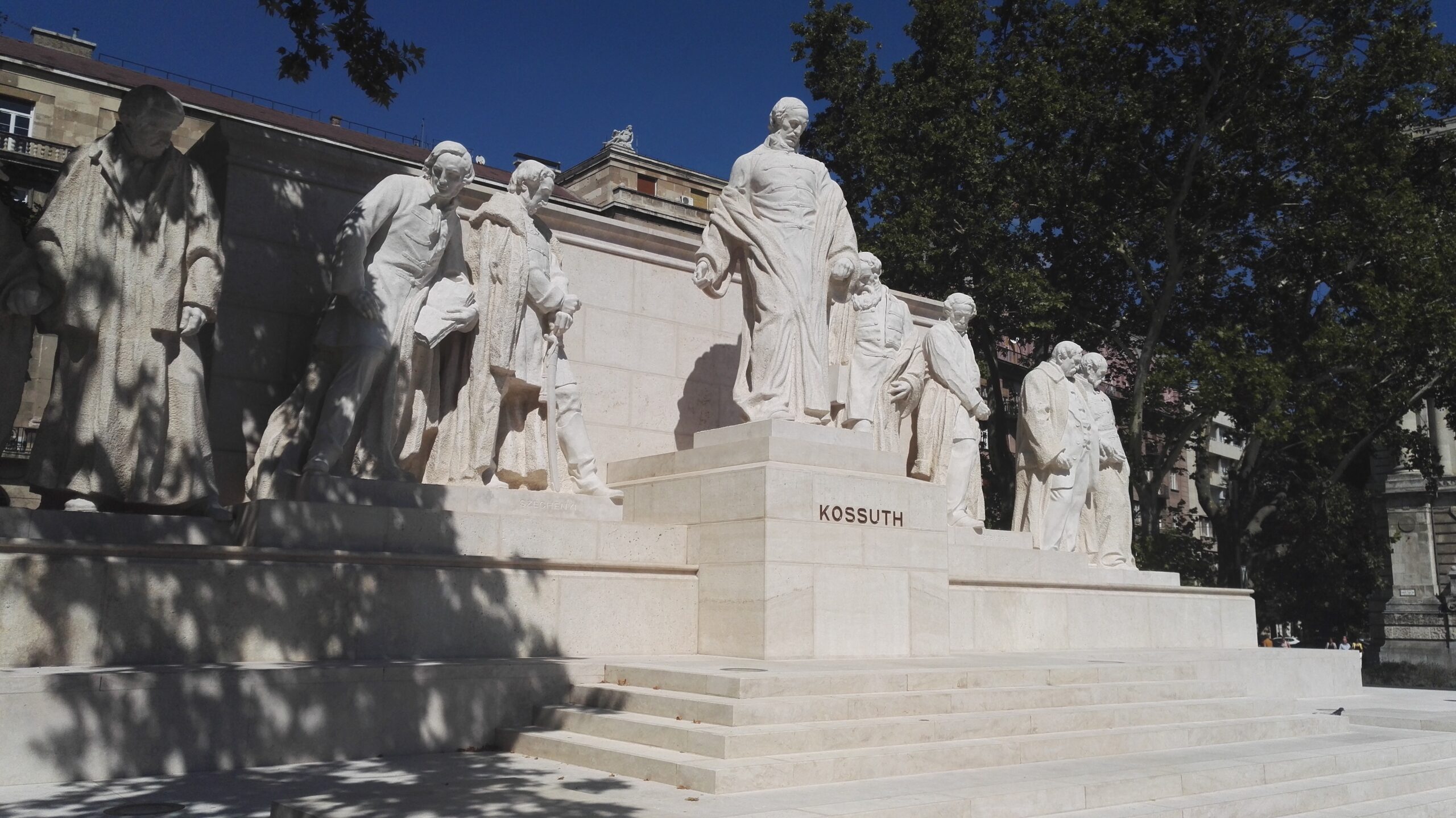
It did however lead to greater autonomy, forming the Austro-Hungarian Empire. The era that followed was one of great prosperity, eventually leading to the merging of Buda, Óbuda and Pest into the Budapest we know today.
The majesty of the Habsburg Empire lives on in many iconic Budapest landmarks. Take some time to stare at the beautiful Parliament, grand Buda Castle and the glorious Hungarian State Opera House.

The fight for freedom
WWII and the Holocaust
In March 1944, Nazi Germany invaded Hungary. For some time, the 200,000 Jewish people who lived in Budapest avoided persecution – until October, when the puppet government under the Arrow Cross Party began mass deportation to concentration camps.
The remaining Jewish population in Budapest was forced into a Jewish Ghetto, formed within the old Jewish Quarter of the 7th district. By 1945, 20,000 had been taken from the ghetto, shot at the banks of the Danube and thrown into the river. Hundreds of thousands more lost their lives in Auschwitz and other concentration camps in Europe.
When walking from Parliament to the Chain Bridge, take a moment to solemnly observe the Shoes on the Danube, a monument to the victims of the Arrow Cross.
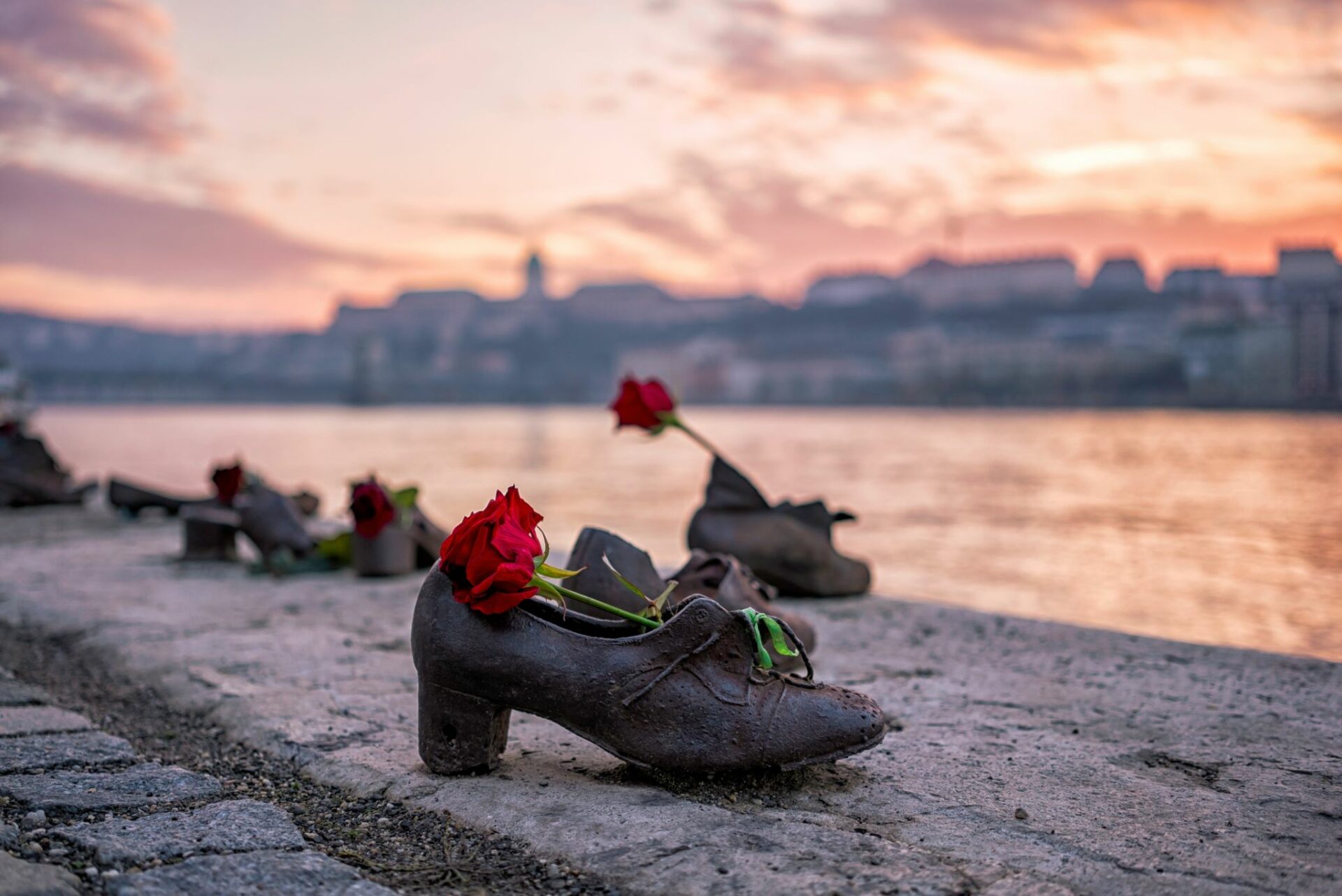
And while you explore Budapest, specifically the Old Jewish Quarter, look out for the ‘Stumbling Stones’— small brass stones embedded into cobblestone streets that commemorate the victims of the Holocaust. It’s also worth spending a day at the incredible Terror House museum, the former headquarters of the Arrow Cross, as well as the Dohány Street Synagogue Holocaust Museum. Actaully, Budapest has many museums which are worth to visit.
Interested in the history of the Jews in Budapest? Explore the Jewish district on a walking tour.
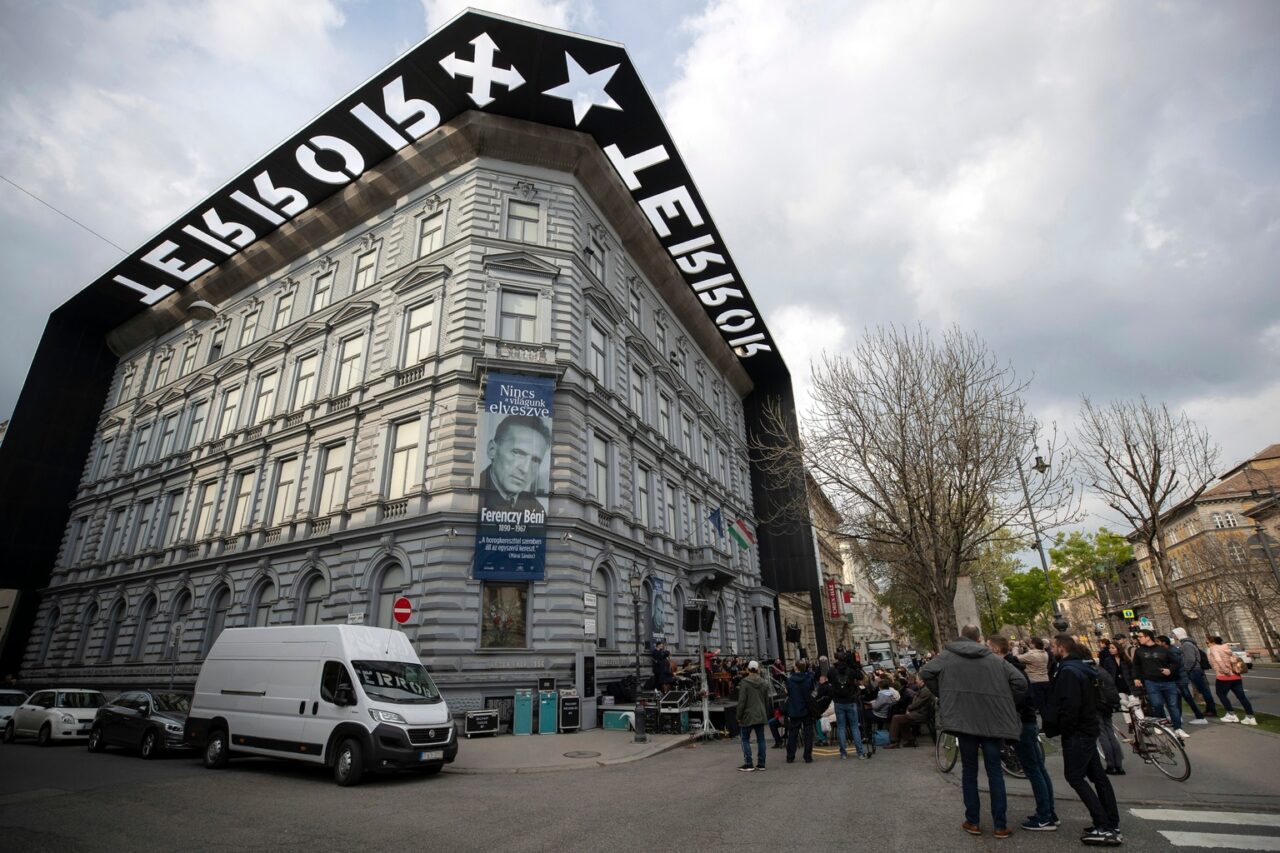
Soviet occupation
In 1945, the Siege of Budapest ended Nazi occupation, taking with it 38,000 civilian lives. So began the Soviet occupation of Hungary. For more than four decades, the Soviets ruled over Budapest, sending thousands to the gulags and work camps. By 1956, the Hungarians had had enough. Thousands of students revolted on October 23, sparking a nationwide revolution. The Soviets responded by sending in a devastating army of tanks. By November 10, the revolution had been brutally crushed and at least 300,000 had been killed in Budapest alone.
Today you can still see the bullet holes in the Ministry of Agriculture behind Parliament, as well as on other buildings dotted around the city. While you’re there, drop in the 1956 In Memorial Exhibition a few feet away.
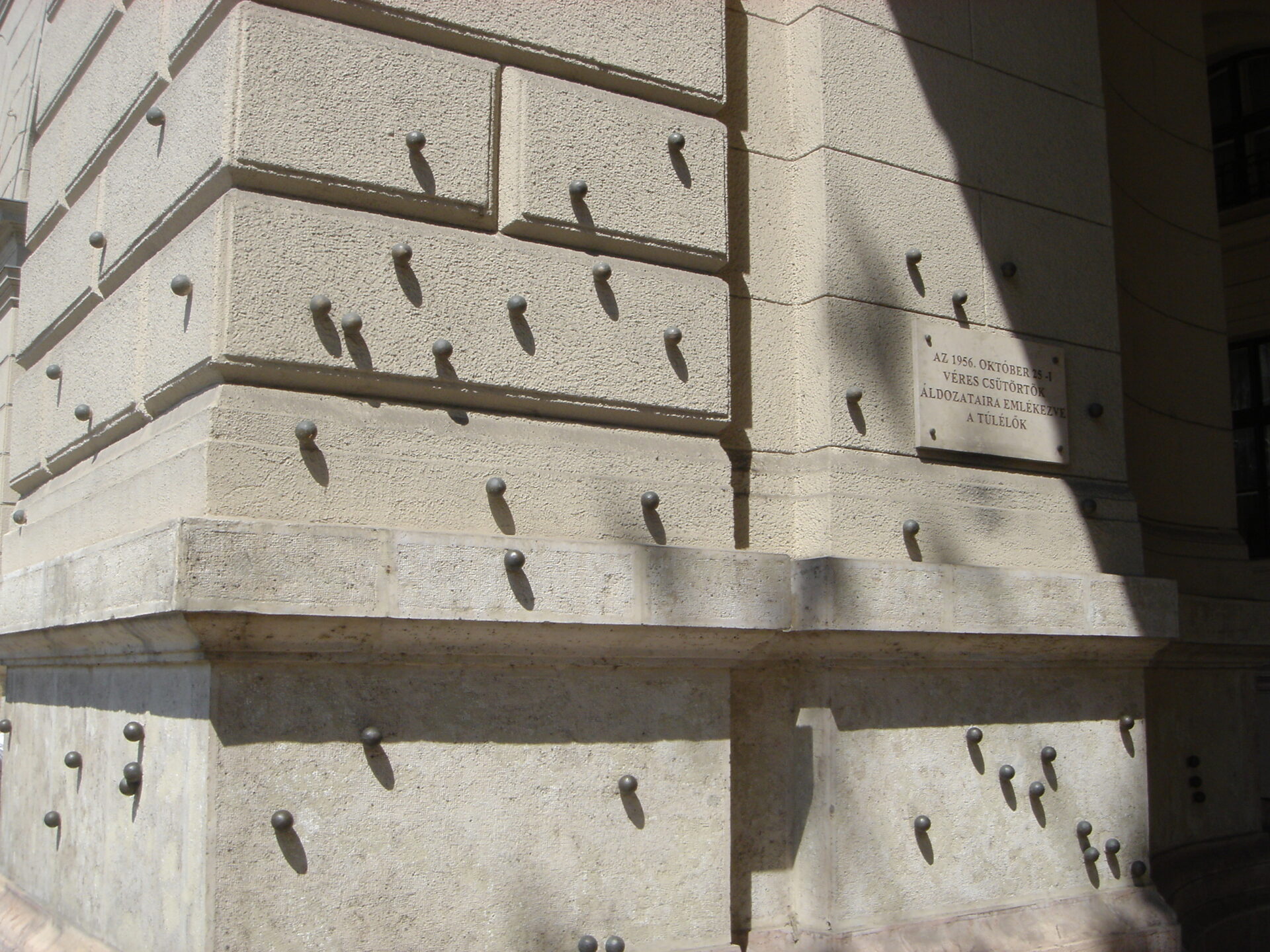
Like the rest of Europe, Budapest had to wait until 1989 to send the Soviets packing. After that, Soviet statues and monuments were torn down and destroyed – but a few survived. Look up from any high-rise and you’re sure to see Liberty Statue, standing proudly for all those who sacrificed their lives for independence and freedom. Visit Memento Park on the outskirts of the city to see a bust of Lenin, the boots of Stalin and the colossal Liberation Army Soldier
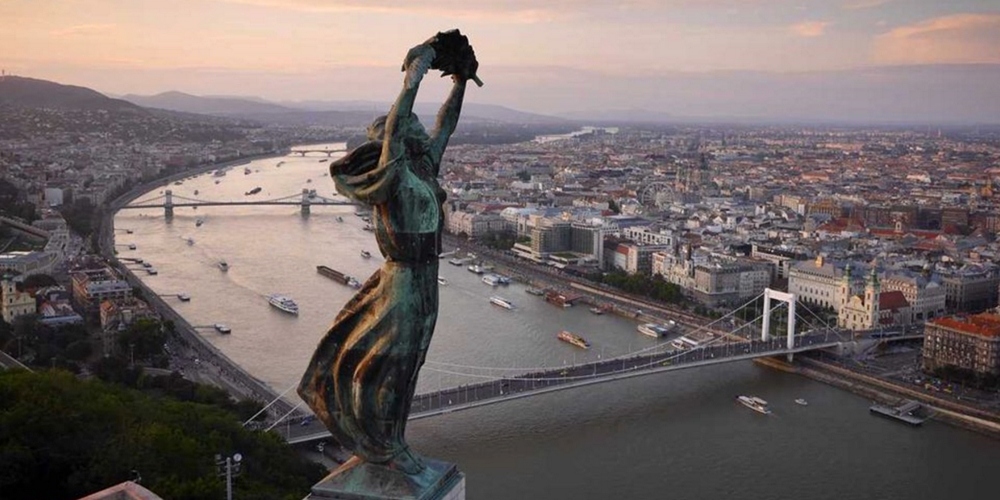
Budapest of the 21st century is dotted with windows to our long and storied past. As you explore this beautiful city, look up and keep an eye out – the history of Budapest is all around, just waiting to be noticed.
Q&A
- What are the most remarkable historic sights in Budapest?
- The Hungarian capital has a distinctively rich history and offers many spectacular sights that mark a significant time in history, such as Ancient Roman ruins in Aquincum, memorials of WWII and the Soviet occupation, and more.
- How old is Budapest?
- Although the city of Budapest was officially created on November 17, 1873, the Magyars settled in the region in 895 AD. However, they weren’t the first to discover this land – the Romans came to Budapest 89 AD, only they called it Aquincum back then.
More interesting and useful tips
If you are looking for the most atmospheric Irish bar in Budapest, this list is just for you!
If you’re looking for a pleasant stroll around the famous Heroes Square, you should first read our article on the subject to truly appreciate this endlessly beautiful architectural masterpiece.










Your experience is important.
Anything you have not found?
Ask a Question
Please log in to write a review.
There is no review yet.